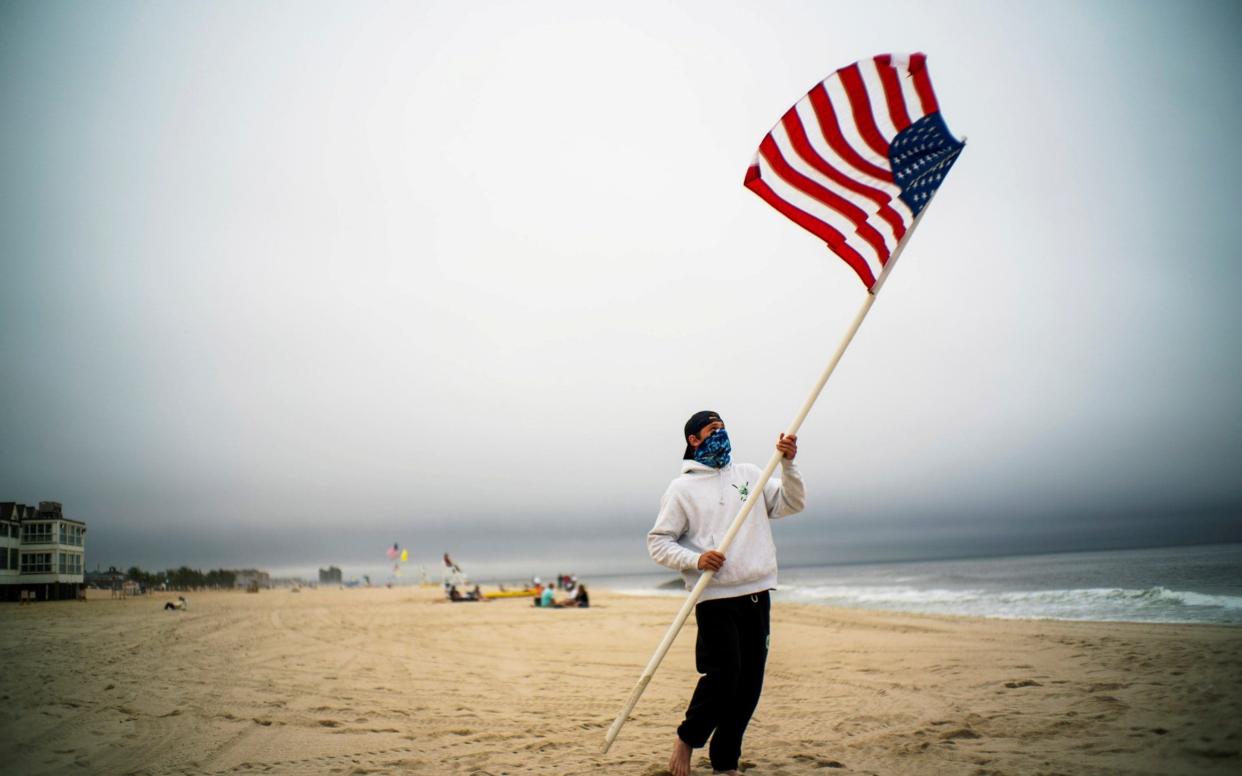Coronavirus contact tracing system saves lives in New Jersey

When the mayor of Paterson, New Jersey tested positive for Covid-19 he received a call from his own city's coronavirus "strike team". They conducted an hour long interview in which the mayor gave details of everyone he had recently been in contact with.
"This is meticulous, a painstaking process," said Mayor André Sayegh. "I tested positive early in April. I was traced and immediately isolated, and they asked for a list of close contacts, and they quarantined all those contacts immediately. Most of them were my employees."
Paterson, which has 150,000 residents, was disproportionately hit by the coronavirus because it is the second most densely populated city in the United States, after New York City.
In response it has developed an aggressive and successful contact tracing system that has clearly saved lives.
When the first cases were confirmed in Paterson in March the city acted quickly to take on 20 virus investigators, and the "strike team" is now 60 strong.
Day and night they have been tracking down contacts of people who have tested positive, calling them and telling them to isolate, and take other precautionary measures.
On the other end of the line, in addition to the mayor, have been healthcare professionals, factory workers, Uber drivers, and just about everybody else.
They have managed to interview 91 per cent of the city's more than 6,000 cases, and their contacts. The results have been stark.
Early on it was projected there would be 8,000 cases in Paterson by April 15. In reality, the city had 2,500 by that date. So far, a total of just over 300 people have died.
It was Dr Paul Persaud, Paterson's chief health officer, who also works as a contact tracer, who called the mayor.
Dr Persaud told The Sunday Telegraph: "We were swamped so I joined in. In mid-April we were getting 250 cases per day. We had to scale up and we expanded into one of the best teams. They're battle hardened."
The city is now down to around 50 cases a day.
Dr Persaud said calling contacts could be difficult, but most people were cooperative.
He said: "Most react normally and ask 'What do I need to do?' Some people are shocked. Then you give them a pause and let them collect themselves.
"Most people are not treating it as a death sentence and that helps.
"A lot of them want to know who it is that was positive. Some of them already know someone who has tested positive a few days ago."
The contacts are told to isolate themselves in their home and use their own bathroom, and clean things like taps, light switches and door knobs. There are daily follow up calls from the strike team.
"When you speak to the contacts every day you get a fairly good idea if they're avoiding the restrictions," said Dr Persaud.
"You develop a rapport with them so you can tell if they're lying.
"If you can cut out one case doing this then that saves a lot of spread, so we are effective. How effective the jury is still out because it's very difficult to measure."
He added: "Our cases are significantly less than expected. I would recommend it to other places."
There are some barriers to that effectiveness. The strike team only phones contacts based in Paterson. It also takes time for positive test results to reach the strike team, allowing the virus to spread before they start work on a case.
Dr Persaud said: "It works well but the key is to have test results reported very early into the system.
"[But] we have interviewed 91 per cent of our cases, and their contacts. That's a good number."
Andrew Cuomo, the New York governor, has indicated his intention to build a force of 17,000 contact tracers.
In Alexandria, Virginia the city health department has a contact tracing team, including nurses, calling those who test positive and establishing who they have interacted with during the previous 48 hours.
Megan Costanza, a school nurse on the team, said: "We contact those individuals and ask them to stay home for 14 days in isolation.
“I often end up creating an insane flow chart, and sometimes it just expands and expands. You can start with one person and it can take you all day to call their contacts. Then you find one of their contacts is sick and you call their contacts and on it goes. It’s almost like a spider web, it can grow and grow."

